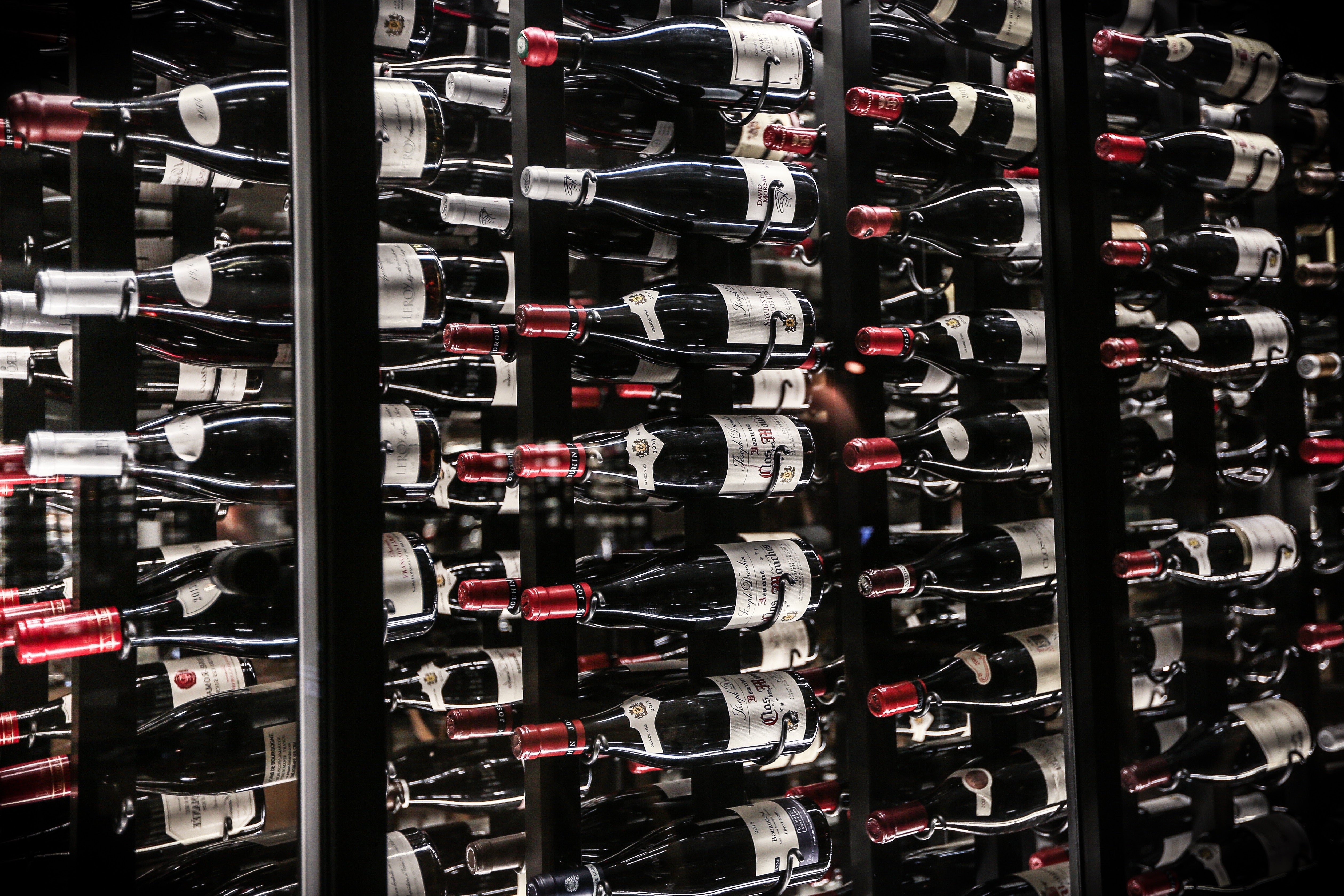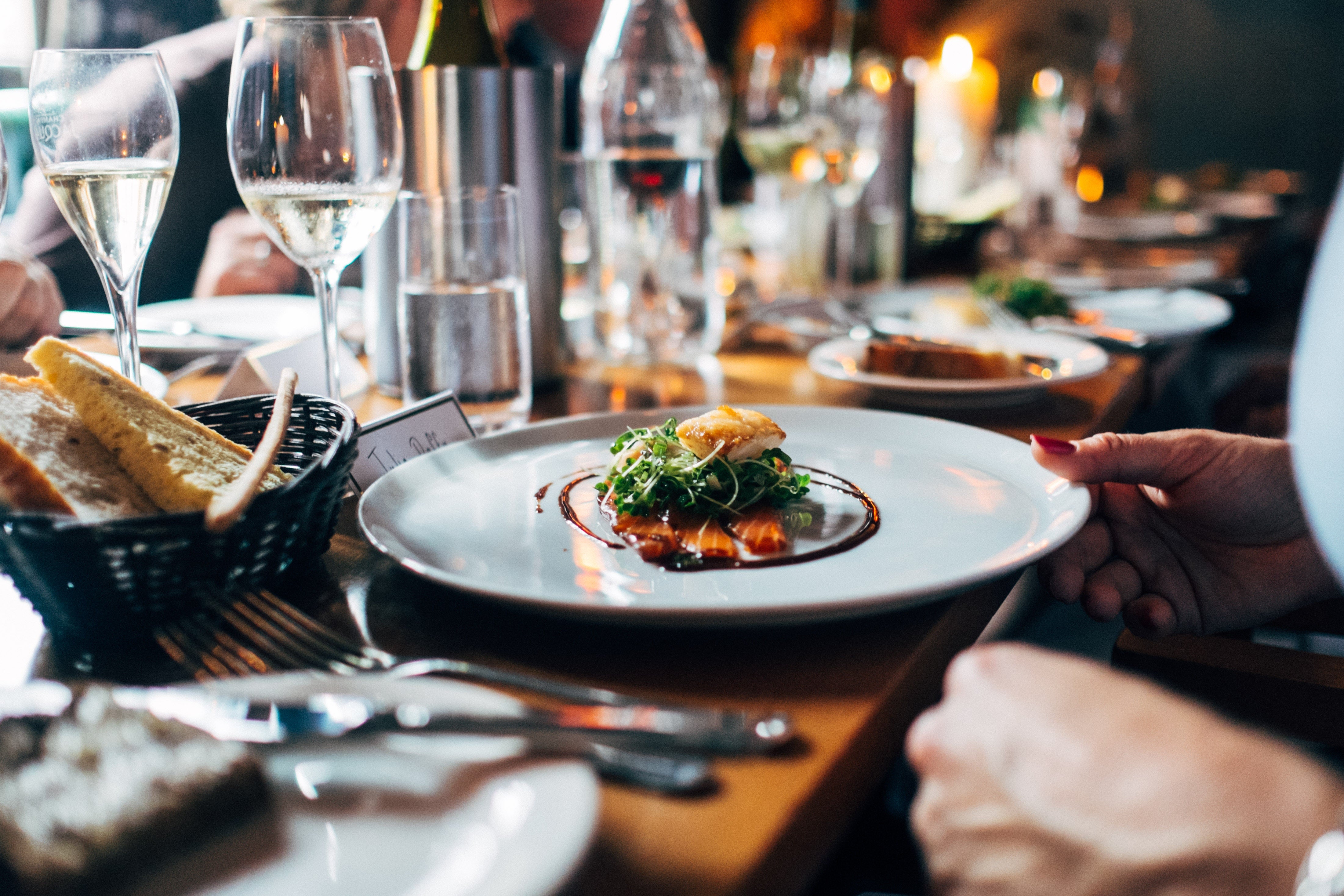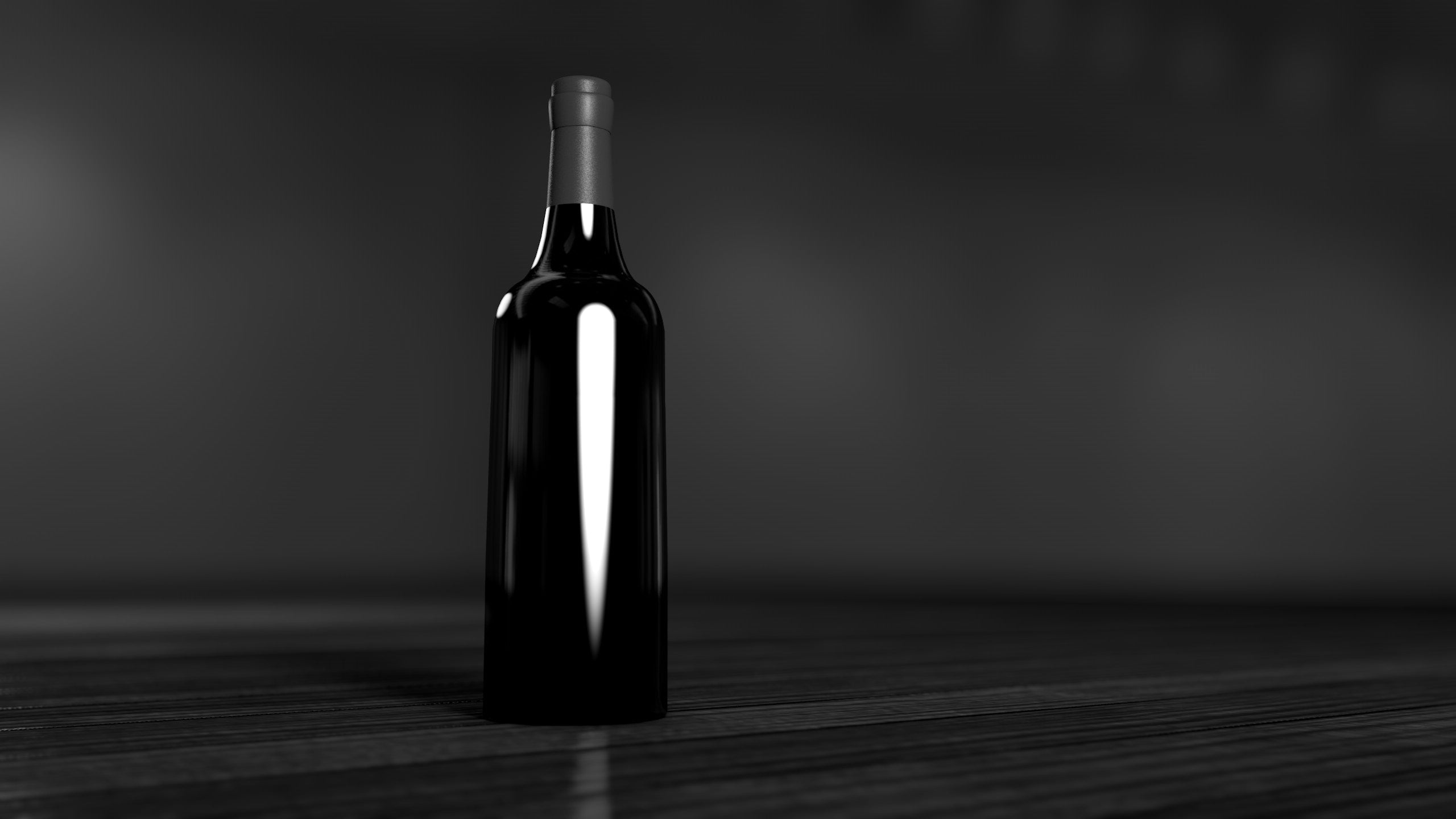
How to Store Wine Safely in 6 Easy Steps
Fear not, storing wine at home doesn't necessarily require an assortment of fridges or even a cellar hewn into the rocks. Everyone lives in different circumstances, so it's better to understand the reasons why certain cellaring conditions are preferred and then try to emulate those conditions at home. We've heard from people in tiny, hot apartments in Barcelona who've found ways to keep their wines hot over the summer months without any air conditioning, as well as those who have to combat extreme cold on occasion! Where-ever you are, these 6 steps will give you all the necessary information to store your wine safely and ready for service.
6 Steps for Proper Wine Storage

One of the most important aspects of wine storage is to ensure that no light is shining directly onto your precious bottles. It doesn't matter if it's the middle of winter or the height of summer; both sunshine and fluorescent can destroy your wine in a matter of hours if it reacts adversely with the wine itself. When you open a bottle of wine and it simply doesn't taste the way that it should, the most common result is to blame the cork it was sealed with. However, in the case of wines that have been exposed to light, it could also be a wine fault known as Light Strike.
Quite a dashing name, for a problem that irreversibly destroys your bottle of wine. What happens is that blue and ultraviolet lights interact with amino acids in the wine, producing aromas of cooked fruits, vegetables and occasionally very stinky compounds indeed. Have you ever held a bottle of Louis Roederer's famous Cristal Champagne? It's coated with a light-deflecting, orange, cellophane wrap for just this reason. Vintage Port, one of the longest-lived of all wines, is intentionally bottled in heavy, thick, dark glass bottles. Wines in transparent and light green glass are at the highest risk here, but do be sure to keep your collection in the dark where-ever possible, whether it's in your cellar, in your wardrobe or even under your bed!

Temperature is the single most important consideration when it comes to wine storage, and one of the most difficult elements when searching for an appropriate space. Wine, ideally, likes to be kept relatively cool. You might hear the term 'cellar temperature' quite a bit in the wine world, and it refers to a temperature of around 13°C or 55°F. Now, it's not essential that wine be stored at exactly this temperature but that the temperature stay constant throughout. Wine can quite happily live and age at temperatures as high as 19-20°C or 68°F, although it will age more quickly as a result. The real danger is constant fluctuations in temperature throughout the day, as this will affect both the constitution and balance of the wine, as well as any corks used to seal the bottles.
As a golden rule, make sure that where-ever you're storing your wine, it's in an area that isn't subject to these fluctuations of temperature. A lot of people like to keep wine in their kitchen but we strongly advise against it. Assuming you don't have space for a wine fridge or even underground storage, consider spaces like cupboards, dark corners of rooms with no natural light or even under your bed. We know someone in Barcelona who, throughout the hot summer months, uses his Lazenne Wine Check as insulation against the scorching temperatures! It's not designed as a long term storage option, but we're delighted to see it used in creative ways. If you live in a very cool climate, ensure that your wine isn't stored anyway where temperatures may reach 0°C or 32°F, as crystalised deposits will form in the bottle and much lower than this, and your wine may even freeze!
Did you know that we can get a Lazenne Wine Check to you within 24 hours whilst you're on holiday? Really, we'll deliver it straight to your hotel whilst you're enjoying the sights, so that it's ready to safe guard your bottles as a soon you as return! https://lazenne.com/pages/delivery

Humidity is one of the hardest elements to control in wine storage, but can be very important, particularly for bottles that you intend to age for a long time. As a result, this is most important in underground storage and of course, within wine fridges. There's no golden rule to this, but ideally humidity would be somewhere between 60 and 80%. This is to ensure that your wine corks don't dry out which can compromise their structure, allowing excess oxygen into the bottle and turning your delicious wine into vinegar.
Humidity levels are particularly important in cool climates where the air can be very dry. If you have underground storage and want to check the humidity levels, you should buy a Hygrometer and double check. Very high levels of humidity don't pose any problem to the wine itself, but it can encourage mold and damp which erodes the labels on your bottles over time.

The way that you place your bottles into storage can mitigate some of the issues with humidity discussed above, and ideally all bottles sealed with a cork should be stored horizontally, on their sides. This is because cork is a natural product and will, over time, slowly deteriorate and break down. Keeping your wine bottles on their sides ensures that there is constant contact between the wine and the cork, which helps to keep them moist and less likely to dry out. This is particularly important in low-humidity storage conditions, in Toronto as an example, where the corks need all the help they can get! Fortunately, most professional wine racks and fridges are built with this in mind.

Where-ever possible, once you've found a place to store your wine that's at the right, consistent temperature or as close to it as possible, with reasonable levels of humidity and is protected from damaging rays of light, stick to it! Better yet, try not to move your bottles at all until they're ready to be drank. This isn't based on any scientific research, but on anecdotal evidence. Wines that have been left in their original location for as long as possible always seem to be the most complete, complex bottles compared to their peers that have been constantly moved. We speculate that this is due to avoiding the agitation of the sediment that slowly builds up over time, which has a negative impact on the ageing process as a whole. Again, this is purely speculation but some of the grandest cellars in the world have specially designed rubber racks to minimise even the smallest vibration!
This seems like an odd one, but it's another good reason to keep your wine out of the kitchen if you're planning to store it for the long term; aroma molecules can enter into your wine through the cork. Corks aren't a permanent seal and allow small amounts of oxygen to enter and leave over the years, which is how wine ages over time. However, the same is true for strong aromas and as much as we love blue cheese, we certainly don't want our Cabernet Sauvignon to smell and taste the same way! Food is the most common culprit here but if you're storing your wine in a garage or shed, do be careful not to keep chemical solutions in close proximity. Strong smells like cleaning fluids and paints can damage a wine much more quickly than a bag of onions.
So, whilst these 6 points look quite specific, they can really be applied to any space or scenario. Consider them to be a checklist. When you're looking for a space to store wine, consider the following:
Light: Is there going to be any natural light shining on my bottles if I leave them here? Can I afford not to have light here? It's worth considering whether this space will be shared with other activities. If you need a light in the room on a regular basis, it may not be suitable for long term wine storage.
Temperature: What's the average temperature of this space? Does it change frequently at different times of the day, or does it stay mostly consistent? Temperature is the most important consideration when storing wine, regardless of whether it's short term or long term. Make sure that there's no extremes either way.
Humidity: Is this space very dry or exposed to wind of any sort? Will my bottles dry out if I leave them here? Humidity is only really an important consideration for long term storage, but it can make a big difference for bottles that will age for over 5 years.
Positioning: Do I have enough space to store my bottles horizontally? If so, can I put in any racks or furniture to keep them apart? It's better to have fewer bottles stored horizonally than many all stood upright in the same space!
Movement: Is this a space where I can leave the bottles undisturbed for long periods of time? Do I need to use this space for anything else? We know the allure of checking up on your precious bottles, but where-ever possible, do try to keep them stationary whilst they're ageing.
Companions: Are there any strong smelling items in the vicinity that could affect my wine over time? If so, can I move them elsewhere? This isn't a big issue for most people, but there have been stories of restaurants keep their wine and strong cheese together with unfortunate results!
If you can answer all of the above questions positively, you've hit the jackpot! You have a perfect spot for storing your wine safely and ensuring that when it arrives to the table, it tastes just as it did when you bought it. Don't worry too much if you don't have the perfect storage space; almost no-one does! For short to medium term storage, not every item above is a pressing matter and as long as you can control temperature and light sufficiently, you should feel comfortable storing wine for at least up to a year or two without any adverse effects. Good luck and happy drinking!
For more on our specially designed wine luggage and more detailed information on how to travel with alcohol, check out the links below:



Deixar comentário
Este site é protegido por hCaptcha e a Política de privacidade e os Termos de serviço do hCaptcha se aplicam.